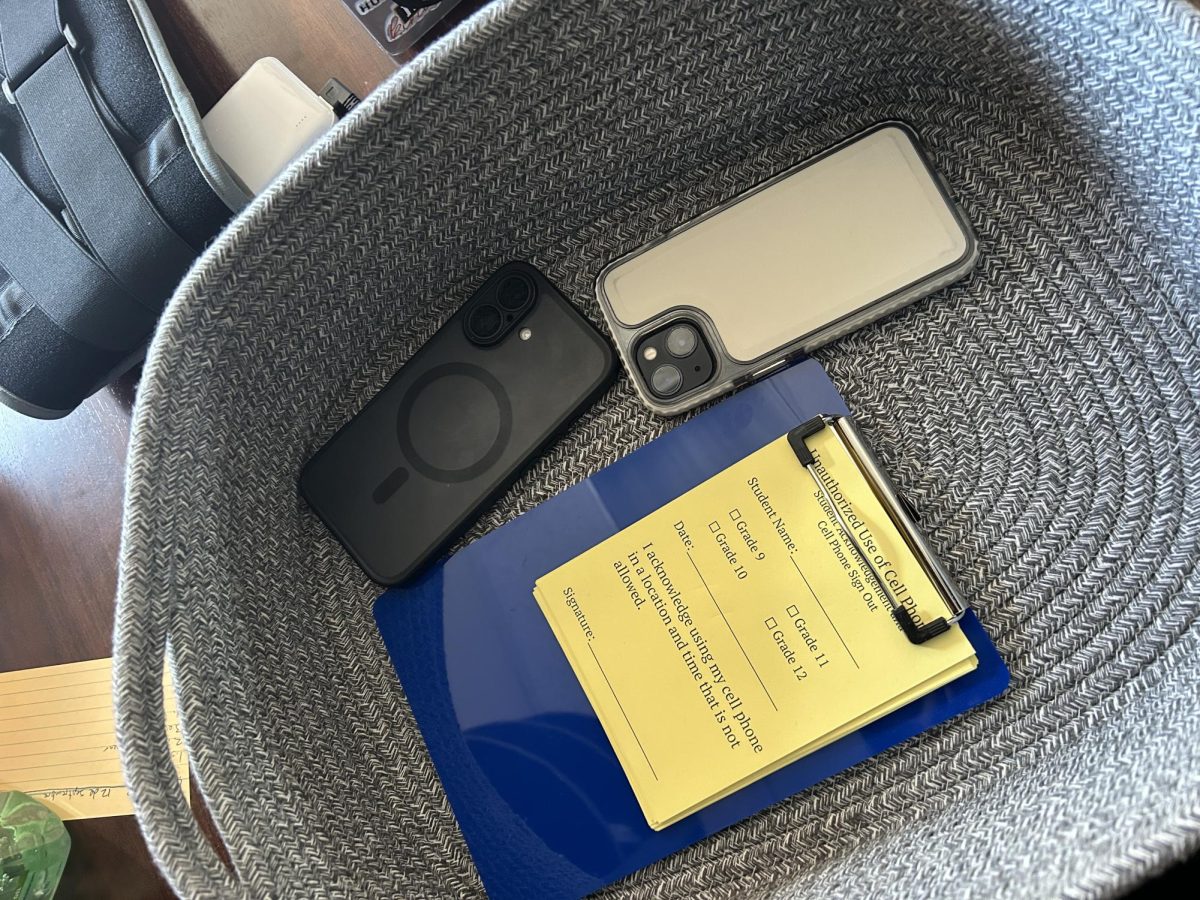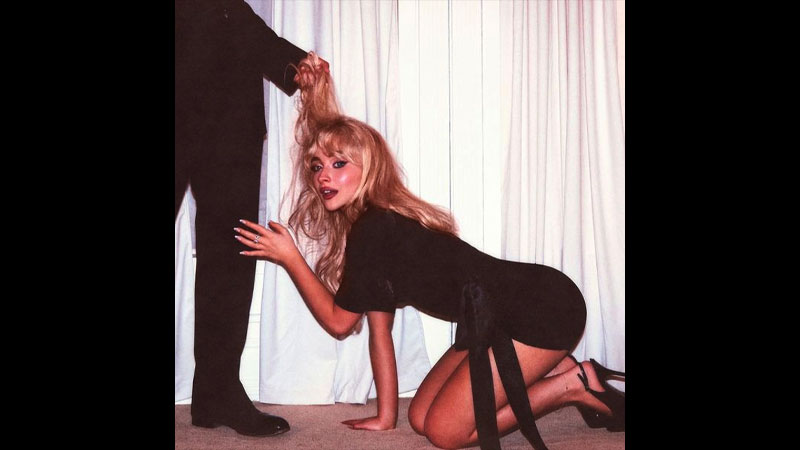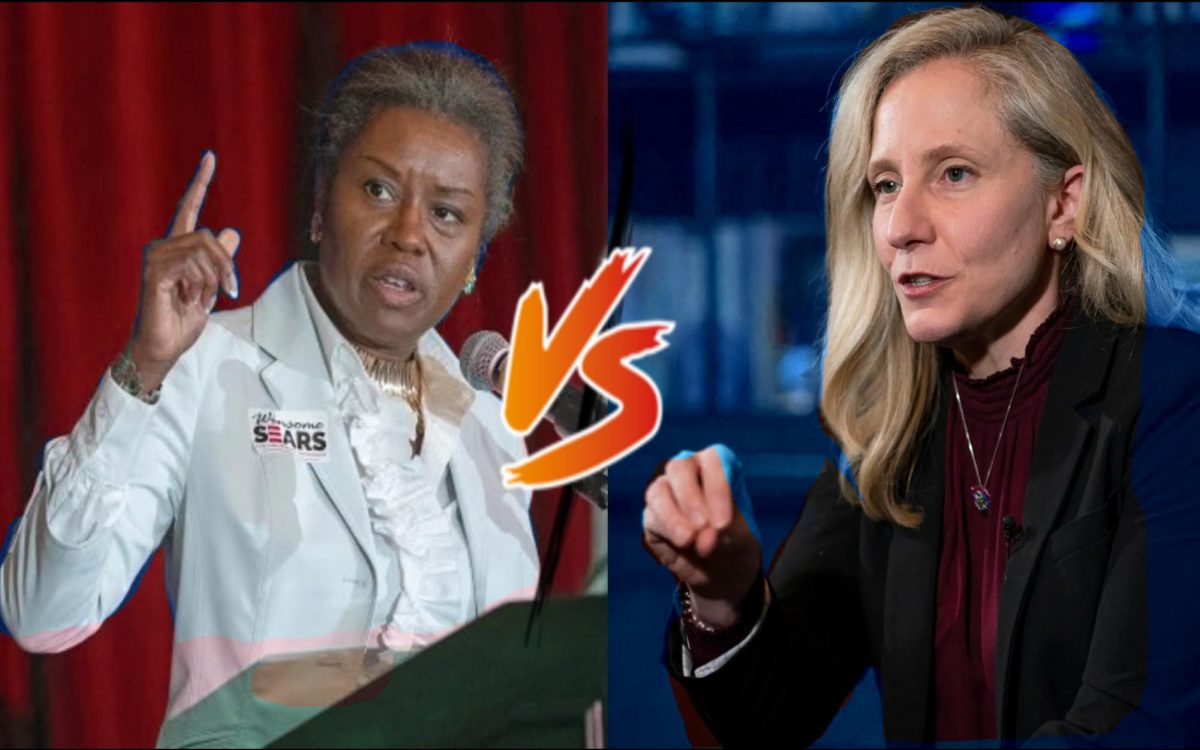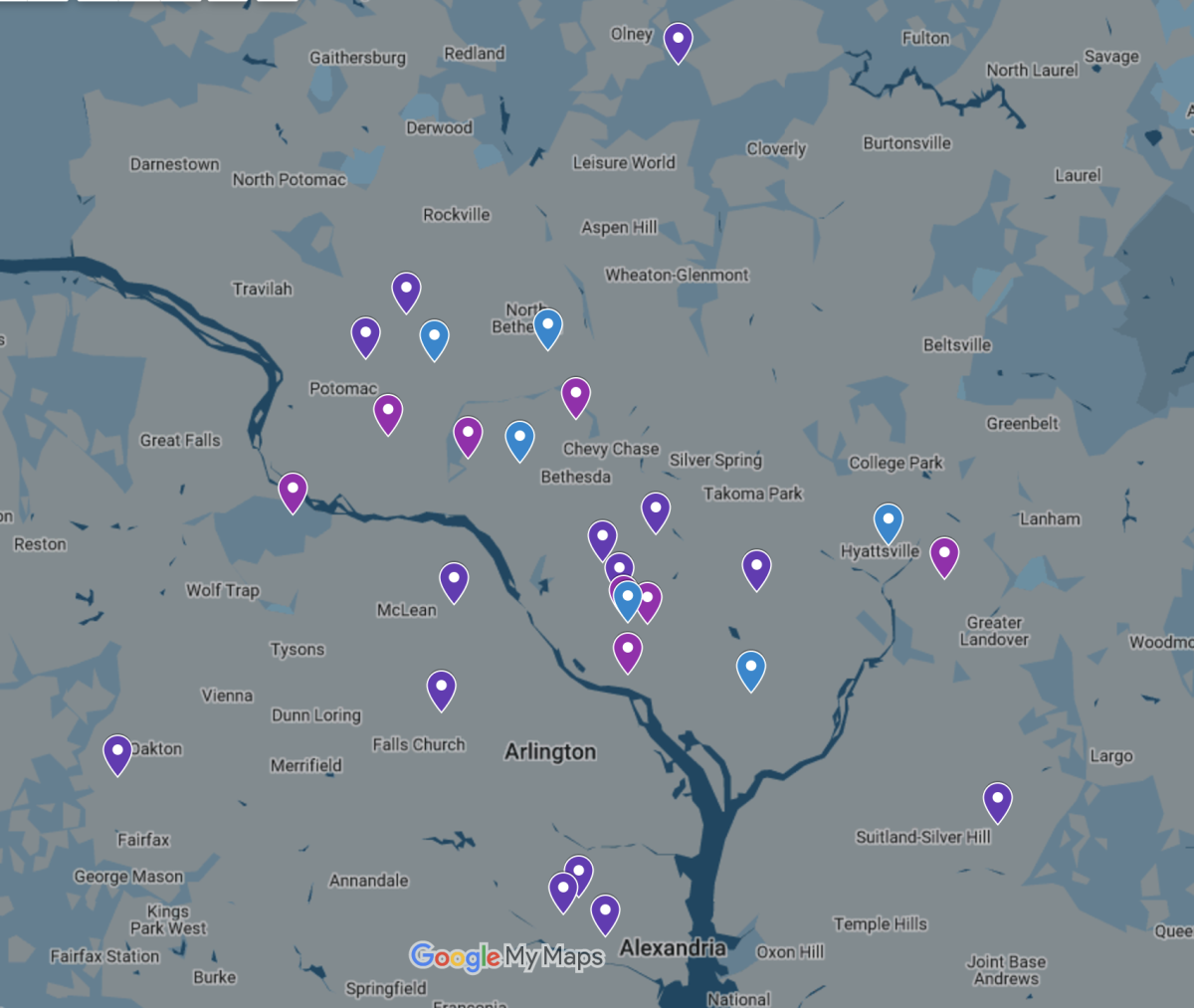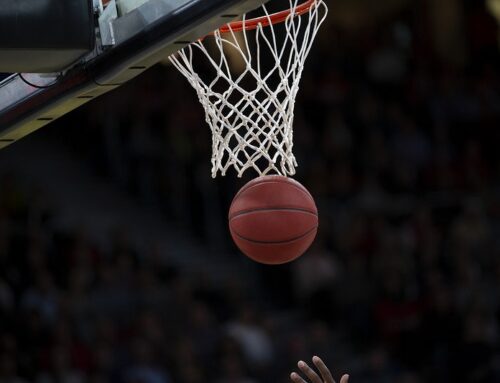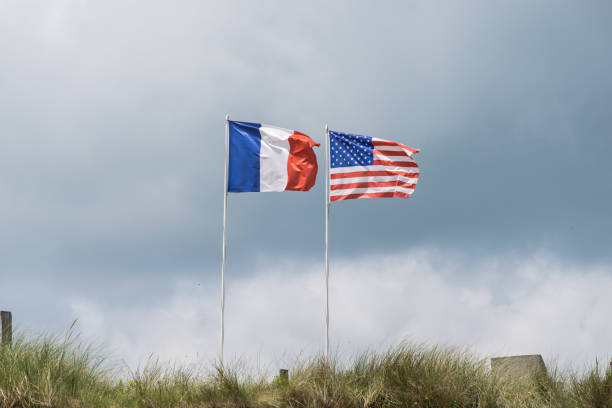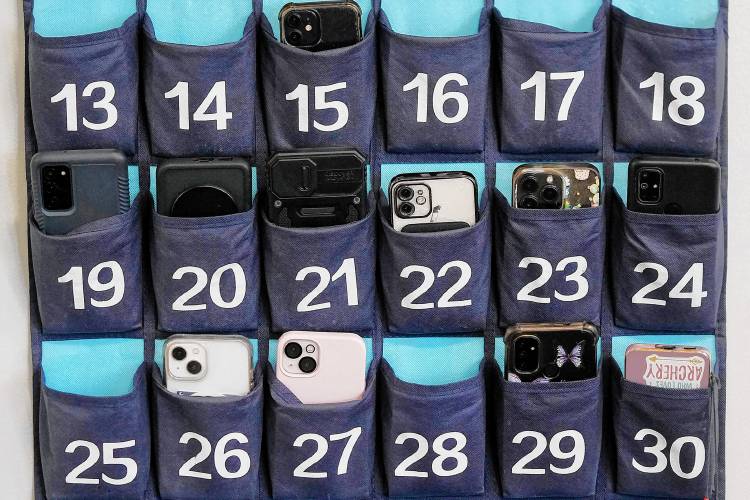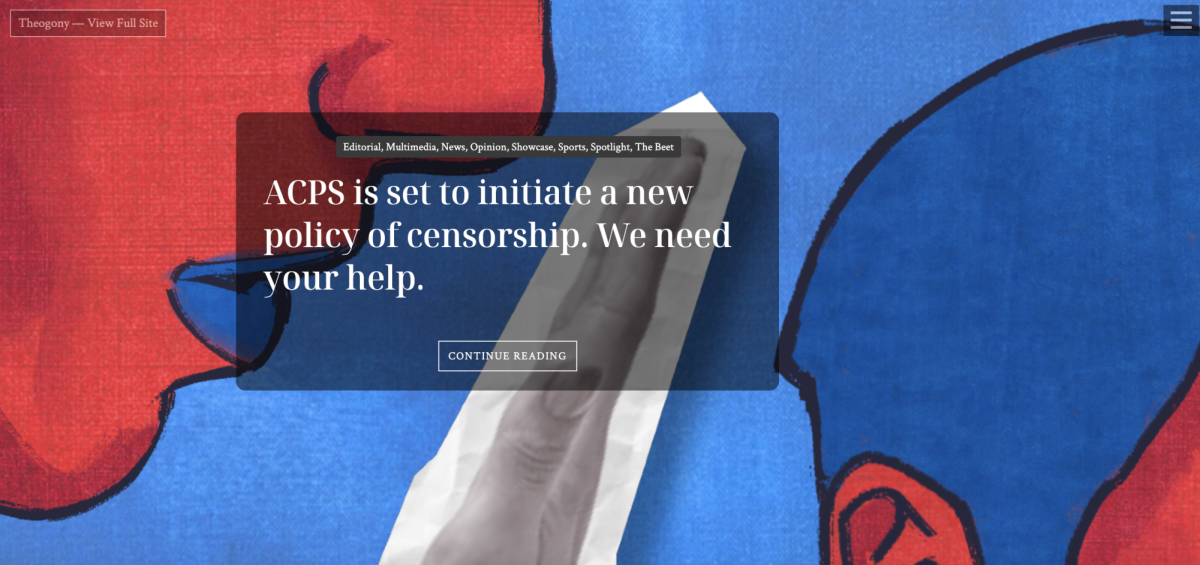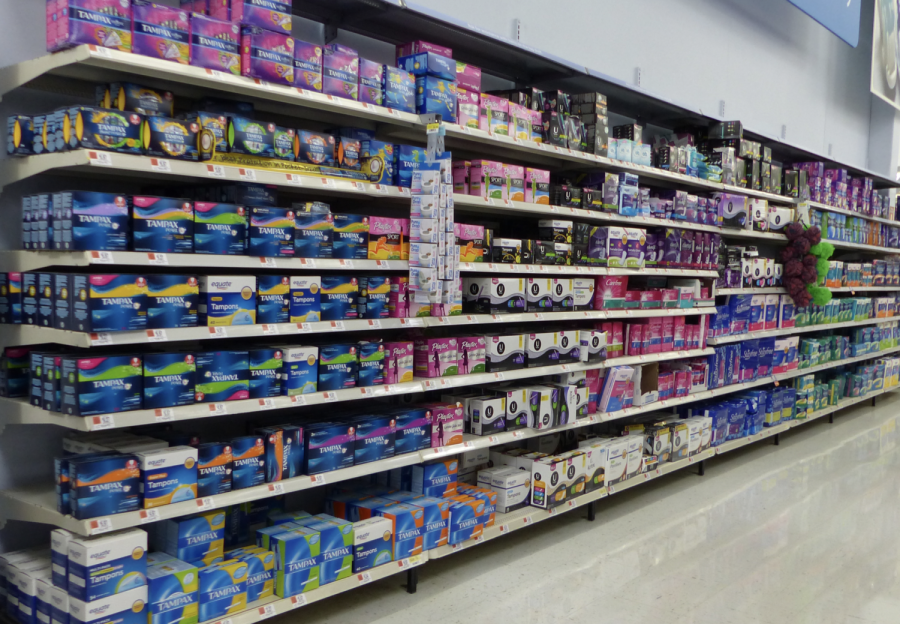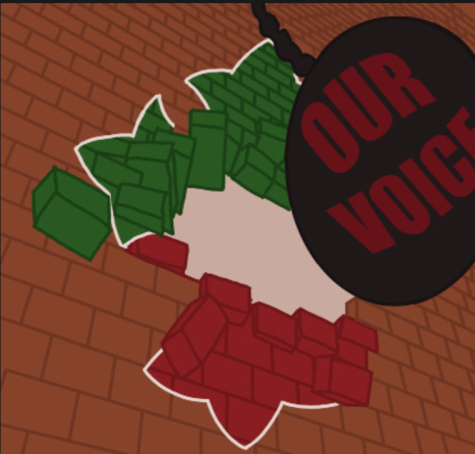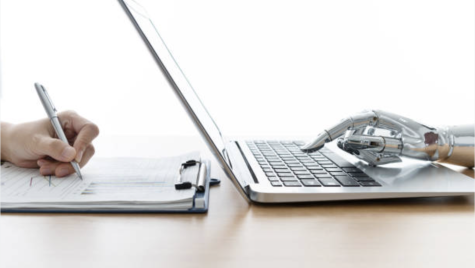Opinion: Periods and Prejudice: Accessibility to Feminine Products at SSSAS, and the “Pink Tax”
This article is an op-ed published as part of The Voice’s “Controversial Issue” 2023. Please see the Editor’s Note on this year’s edition.
You walk into the girls bathroom at SSSAS, needing a tampon or pad. Nothing there. You go to a second bathroom, there is a machine but you need 50 cents to get the product. You travel to a third and final bathroom. Finally, a few pads are there. This is just another day in the life of a SSSAS student who is often having to search for necessities.
Let’s be honest, no one carries around coins for a machine, and only a few scarce bathrooms are stocked. People who menstruate have to stress about this, pay, and then use low quality products.
A survey was sent out to all US students, and asked a few questions regarding the lack of consistently stocked bathrooms, and the quality of the school products. The survey also asked questions about the Pink Tax (whether or not people had heard of it and if they agree that it exists). Forty one people responded to the survey. The survey showed that 80.5% of the people who responded use the school provided products, and 82.9% said that the bathrooms are NOT stocked frequently enough, or with enough products. 39% said that the quality of the products are “not great,” 29.3% said they were “okay,” 24.4% said they are “good,” and very few people said the products were “amazing” or “terrible.”
The next question asked for people to share or recommend anything else regarding the school’s distribution of feminine products, and the responses consisted of statements such as “have the products available (free) in more than one bathroom” or “they should be restocked regularly, it is so annoying to get your period early and not have anything in the bathroom with you.” One person did comment that SSSAS has good stock compared to other schools, but every other response requested more pads, free products, thicker pads, and a more reliable system.
Recently, the Period Club was created at SSSAS and one of the leaders, Cate Nickson, shared some of the concepts her club is working on, and what the school has done. She said, “So far we’ve been able to host a bake sale earlier this year to raise money for menstrual products, to go to the Carpenter’s Shelter! We completely sold out of baked goods and we raised around $300!” She also stated, “in our meetings we have often discussed the period products, or rather the lack of them in our school. Although the school’s policy is technically in place to provide menstrual products in all bathrooms, they don’t do a good enough job of actually providing enough.” Nickson also explains how her club is working to create a survey to send back to the school and let them know what needs to be changed to our policy.
It is not only our school which has expensive products. At stores, people who menstruate often pay $10 just for a box of tampons. This is yet another expense that cisgendered men do not need to worry about, but people who menstruate have to consider when making difficult financial decisions. On top of simply having to purchase the products, there is still tax to pay. A few pharmacies such as CVS have recently eliminated “tampon tax” (the tax on tampons), and now the store itself pays those taxes. Don’t let this make you think there has been a major policy change. CVS has just decided to pay the taxes themselves. This is hardly a long-term solution.
On top of having to purchase feminine hygiene products, those who menstruate pay more for everyday hygiene products. Oftentimes when buying products targeted at women, the men’s version is less expensive than the female targeted version. Why? What is the difference? From razors to medication, many products have both a female advertised version and a male advertised version. They accomplish the same things, use the same materials, and are produced in the same way. So why is one more expensive than the other?
The second part of our survey asked some questions about “The Pink Tax.” Results showed that 80.5% of people have heard of it, and 87.5% of people agree that the tax exists. The survey then asked for students to share more and give examples of “The Pink Tax.” Countless comments were made about razors, and how women’s advertised razors are more expensive for no reason. Someone said, “I think we need more awareness about this issue not only in the school, but in the rest of society as well. I’ve noticed the “Pink Tax” especially in hygiene and self-care products like razors and deodorant and I don’t think some people should have to pay more just to be able to take care of themselves” and “women’s razors’ are often much more expensive than ‘men’s’ even though they’re literally the same product.” Another person made a great point stating, “If men had periods, tampons and pads would be free and easier to find.”
Studies have shown that items such as razors, deodorant, body wash, medications, earplugs, kids toys, and other products are priced differently. The difference may be as slight as color difference (pink vs. blue for example), or a slight difference in scents. While yes, those who usually purchase female products could theoretically purchase the male version of the desired product (the less expensive one), the marketing that is aimed at women has increased prices.
The cause of this is not clear, other than the companies setting varying price points with the goal to make the most money possible. Studies have shown cisgendered women not only have a large wage gap in America, but on top of that they have to spend more money on necessary products.
Example:
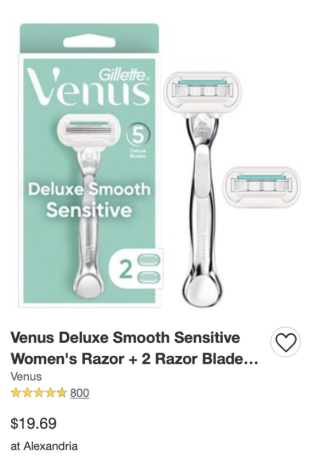
Screenshot of target high end razor bundle of one razor and 2 blades (Gillette- female advertised): $19.69
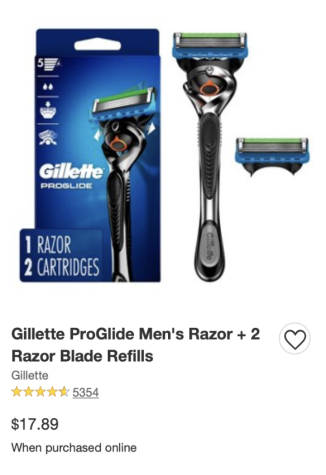
Screenshot of target high end razor bundle of one razor and 2 blades (Gillette- male advertised): $17.89
There are many more examples such as shampoos and deodorants. Legislation has been presented to eliminate the unfair sexism surrounding female advertised products. Unfortunately, the legislation is not yet successful, but is still ongoing.
People who menstruate are constantly being mistreated in our society. They have to pay for high priced products, and when at school or a public place, access to quality products can be extremely hard to come by. Taxes are often set on tampons, so people who menstruate have to pay extra, simply for being a menstruating person. Male advertised products are much lower in price than female advertised products such as razors and deodorant. On top of a significant wage gap, those who menstruate have to pay extra and find all these products? How is that fair?
Photo Credits: Featured photo – Wikipedia User “Stilfelher”

Grace is a senior Co-Editor-in-Chief of The Voice. This is her third year on the paper and she is excited for the upcoming year! She loves to paint, play...

